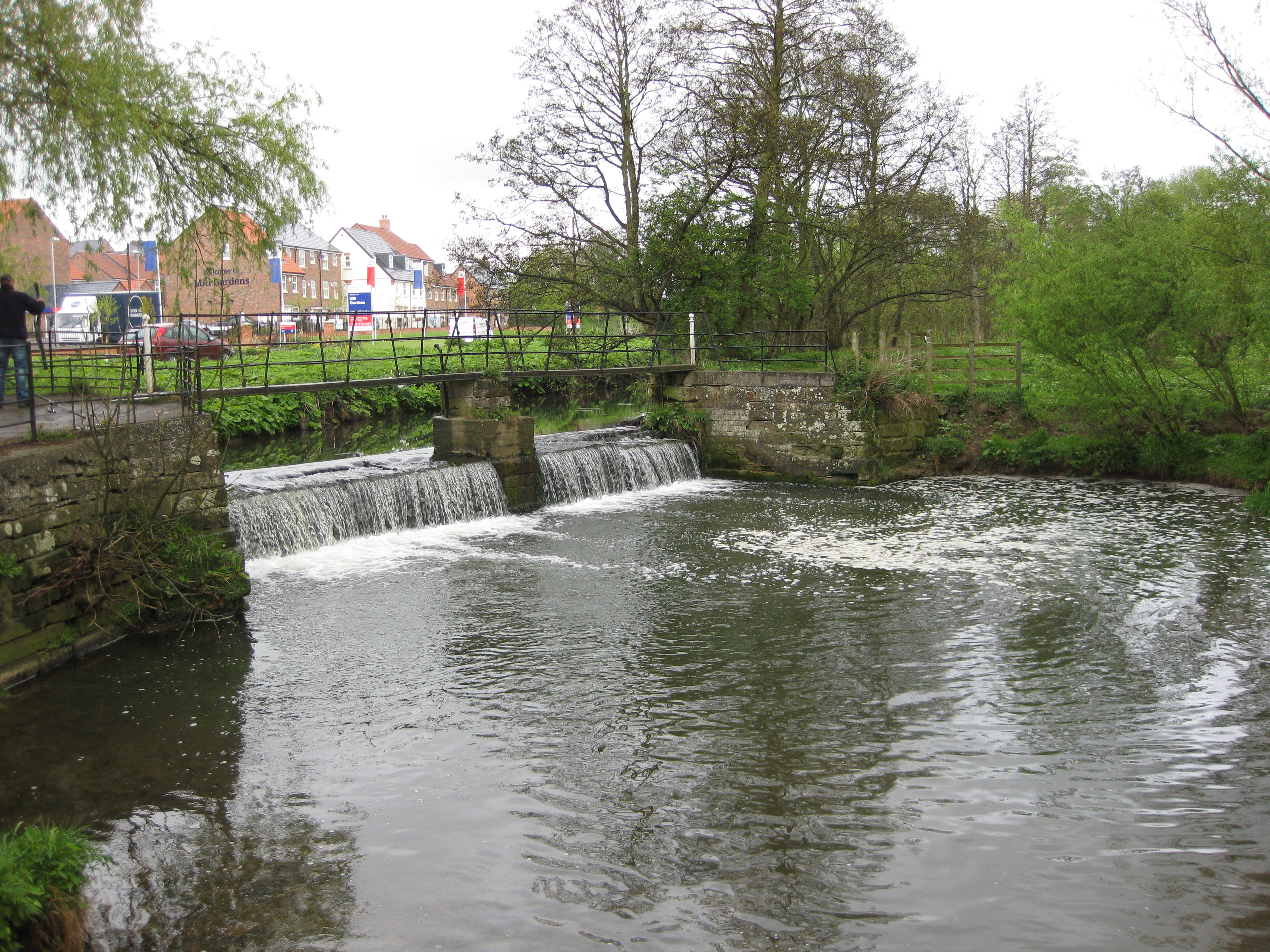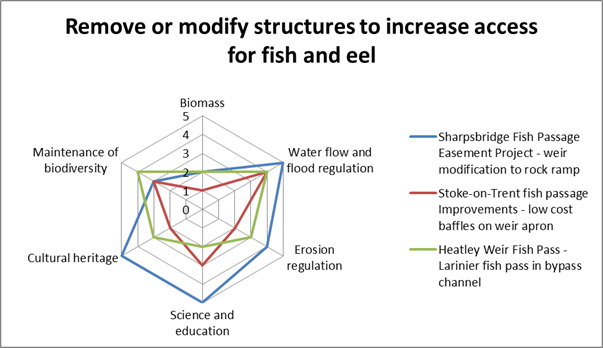 These activities are intended to consider whether fish passage, the flow regime and sediment transport and deposition patterns can be naturalised through changes to impounding structures. The selection of the most appropriate type of activity should follow a simple three step process:
These activities are intended to consider whether fish passage, the flow regime and sediment transport and deposition patterns can be naturalised through changes to impounding structures. The selection of the most appropriate type of activity should follow a simple three step process:
- Is the structure needed/can it be removed?
- If removal is not possible, for operational or economic reasons, changes to the structure to reduce the impacts it has on the watercourse should be considered. This could include replacing the structure with an alternative, which has fewer impacts, or making changes to the existing structure to improve fish passage and / or reduce impoundment.
- If structural changes are not possible, for operational or economic reasons, other activities which can improve fish passage should be considered. This can include the installation of a fish pass.
Techniques
There are a wide range of techniques that can be used to implement this environmental improvement, depending upon the type and characteristics of thew ater body in which it is going to be applied. These include:
- Completely remove the structure
- Modify the structure, e.g. by installing a notch or slot, or lower the crest height
- Replace the structure with an alternative such as a rock ramp, which retains water levels whilst allowing fish passage and minimising changes to the form of the channel
- Install a technical fish pass or bypass channel
- Install a pre-barrage or baffles to ease fish passage over a structure
- Install nappe plates
Benefits
Removal or modification of a structure can deliver a wide range of direct and indirect benefits, including:
- Direct benefits to salmonids, eels, coarse fish and other aquatic organisms by allowing free movement of populations and individuals within the water body
- Indirect benefits to plants and other aquatic organisms by naturalising in-channel habitats
- Improvements to flow patterns and a reduction in impoundment
- Improvements in the transport of sediment and a reduction in sediment accumulation upstream of the structure
- Restoration of natural processes, including erosion and deposition
- Improvements to the aesthetic value of the watercourse and improvements to its recreational value
Case Study Benefits
This diagram displays a comparison of benefits scores (using a high-level ecosystem service assessment methodology) associated with the techniques used in each case study. More details on the methodology can be found here.